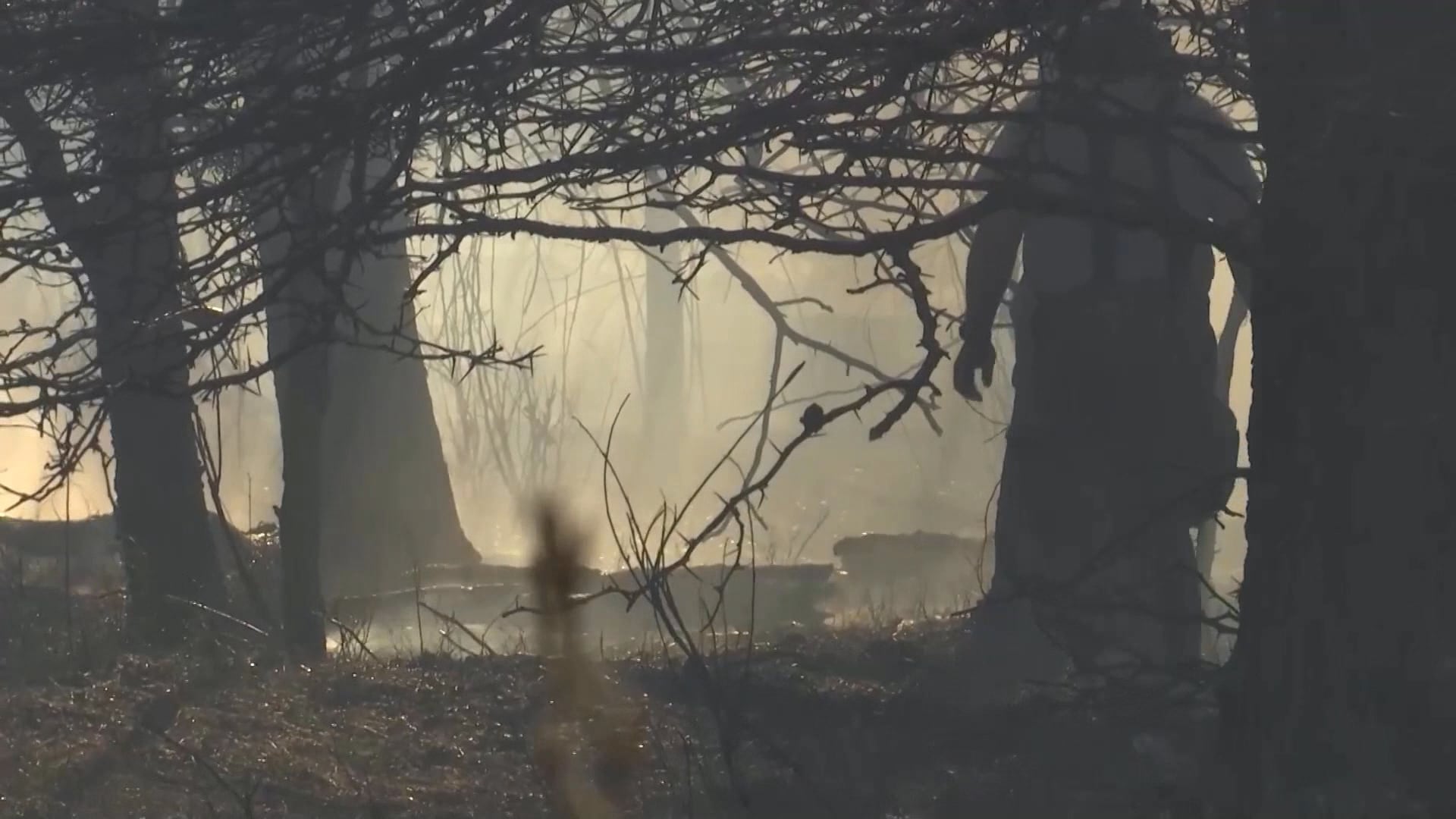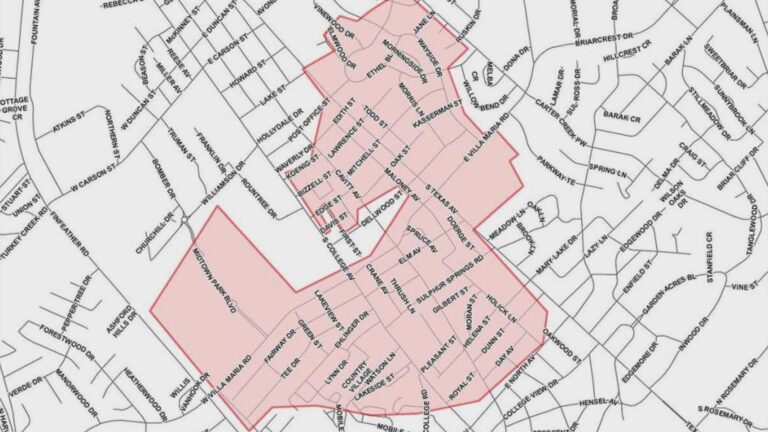Wireless alert notifications used during panhandle fires
BRYAN, Texas (KBTX) – Many people in the panhandle were able to evacuate and be updated thanks to a partnership between Texas A&M Forest Service and the NOAA National Weather Service.
The two organizations alongside local emergency management offices were able to send out wireless fire alert notifications. According to Texas A&M Forest Service, it’s a “first-of-its-kind process” designed by the Southern Great Plains Wildfire Outbreak Working Group, including Texas A&M Forest Service, Oklahoma Forestry Services, the National Weather Service and Kansas Forest Service personnel. These emergency alerts let people in an area where a wildfire has occurred not only know about it but its potential danger.
According to Texas A&M Forest Service, the notifications are similar to that of a tornado or thunderstorm warning.
“The process that the National Weather Service has is they encourage the local emergency management coordinator or officials on the scene of a potentially dangerous or threatening fire to be proactive and issue that fire warning,” Luke Kanclerz, Texas A&M Forest Service Predictive Services Department Head said.
Kanclerz said that the Forest Service can also issue the warning. They utilize satellite hotspot technology to determine where a fire is, what is fueling it, the potential for it to spread, and its impact.
Regarding the panhandle, Kanclerz said he thinks the notifications have helped the wildland fire community quite a bit.
“It allows them to have a very quick and aggressive initial attack on the fire and then from there if it’s deemed that fire is going to be very resistant to control then you can start looking down at range, you know where that fire is going to have a potential impact and starting letting the public know that there is a threat,” Kanclerz said.
Fire warnings have been issued in Texas in the past, however, Kanclerz said this might be the first time there have been multiple fire warnings issued for multiple fires that are so close to each other. Over a thousand warnings were sent out in the panhandle on February 26 and 27.
“It was warranted because of how big those fires were burning. Their high rates of spread, over five miles an hour, sometimes probably six to eight miles an hour with those higher wind gusts. Moving very fast, very dangerous, very difficult to control. The local communities, the counties, were actually the first ones issuing the fire warnings.”
It has been a process years in the making and it’s constantly being refined, Kanclerz said.
“It went from understanding a fire warning needed to be issued, making contact with a National Weather Service office, and then actually getting it posted on the National Weather Service website. Getting it pushed out to the public was taking 30, 40 minutes or more. Because of the years working together trying to refine the efficiency to process, we’re seeing fire warnings being issued within five minutes from a phone call.”
Working together to get those alerts out is important for “dynamic days” like February 26 and 27.
“We continue to work with all the national weather services in Texas to continue to refine the fire warning system and the process because it’s about public safety and that partnership we’re stronger together,” Kanclerz said.







